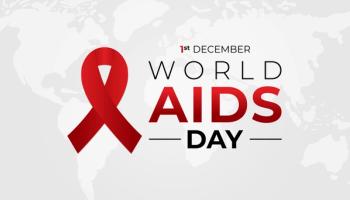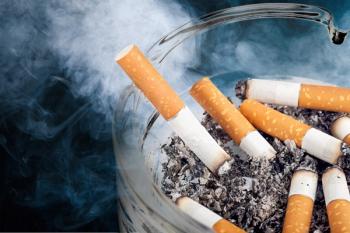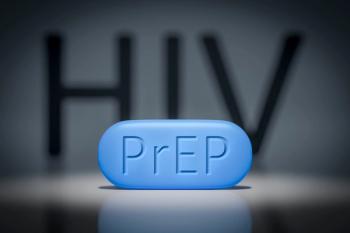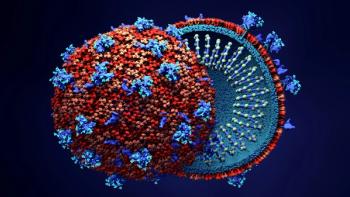
Funding Awarded for Study of HIV and Gum Disease
Tulane University researchers are studying whether dysregulation of the oral microbiome might affect HIV outcomes. They are using rhesus monkeys and SIV infection as a model.
Gum disease and tooth decay are common problems for many people in the U.S. They are associated with poor health and may increase with age.
But for those living with HIV, these common issues can cause more severe problems and even affect the effectiveness of the antiretroviral therapies (ART) that keep people with HIV alive and relatively healthy.
Researchers at Tulane University in New Orleans recently received a $1.9 million grant from the National Institutes of Health to investigate the interplay between oral health, the severity of HIV infection and the efficacy of antiretroviral therapies (ART)
“We are interested in how the unique microbial environment of each individual differs, and the role that plays in both disease outcome and treatment,” Datta says. “Because these chronic diseases of the mouth are so common, it’s important to understand how they could be affecting treatment for those living with HIV.”
The study, he says, will examine how chronic oral infections and resulting inflammation affects HIV levels and the effectiveness of ART to prevent replication of the virus.
“In this study, we will assess if preexisting gum disease or periodontitis in young adults and older adults affects the severity of HIV-1 infection and the treatment of HIV-1 infection,” notes Datta. “There is evidence of a higher prevalence of periodontal disease among children and adolescents living with HIV on antiretroviral therapy. Still, no studies have investigated the role of preexisting gum disease in young adults and older adults in new HIV-1 infection and response to antiretroviral therapy.”
From a periodontal disease perspective, the researchers believe this is an essential issue because results from in vitro studies have suggested that chronic oral inflammatory diseases and microbial diseases, such as periodontal diseases, influences the severity of HIV infection of a host.
The study will utilize the rhesus monkeys and
The research team believes dysregulation in the population of harmful bacteria may induce the reactivation of HIV-1 in the systemic system, thereby adversely affecting the potential benefits of antiretroviral therapy.
“On the contrary effects of antiretroviral therapy per se may have either adverse or beneficial effects on the microbiota of the oral cavity,” Datta says.
The cohorts chosen are young and old monkeys to model experimentally induced gum disease to follow up on SIV infection status, immune cell dysregulation, and HIV therapy efficacy. The animals will have gum disease and tooth decay, and the researchers will explore how SIV simian affects the oral microbiome, as well as the ties between oral disease and antiretroviral therapies.
Additionally, the research team will study how aging potentially affects disease progression.
“We hope to discover that the oral microbiome imbalance that occurs in gum disease might be playing a role in the outcomes of HIV-1 infection and immune cell dysfunction,” Datta comments. “Identification of the dysregulated oral microbiome species could lead to the development of therapeutics to modulate the oral microbiome, which could lead to better management of HIV-1 care in these individuals.”
Newsletter
Get the latest industry news, event updates, and more from Managed healthcare Executive.






















































